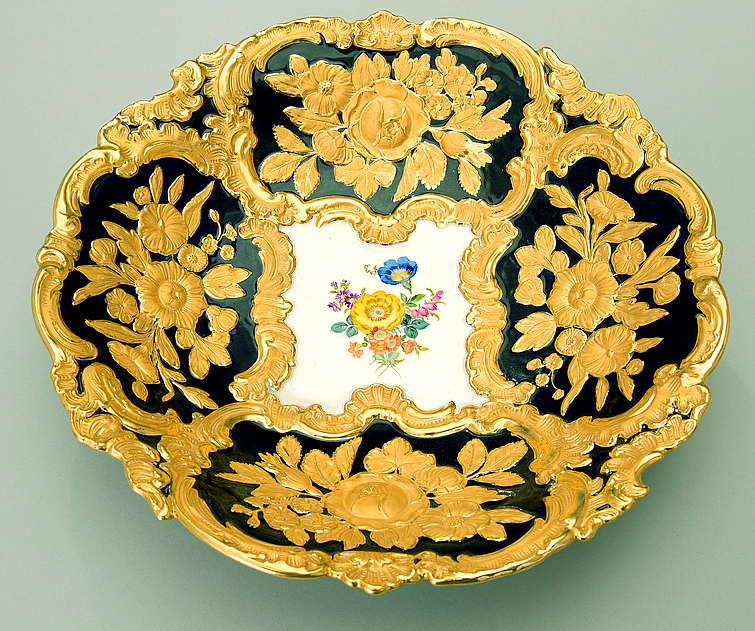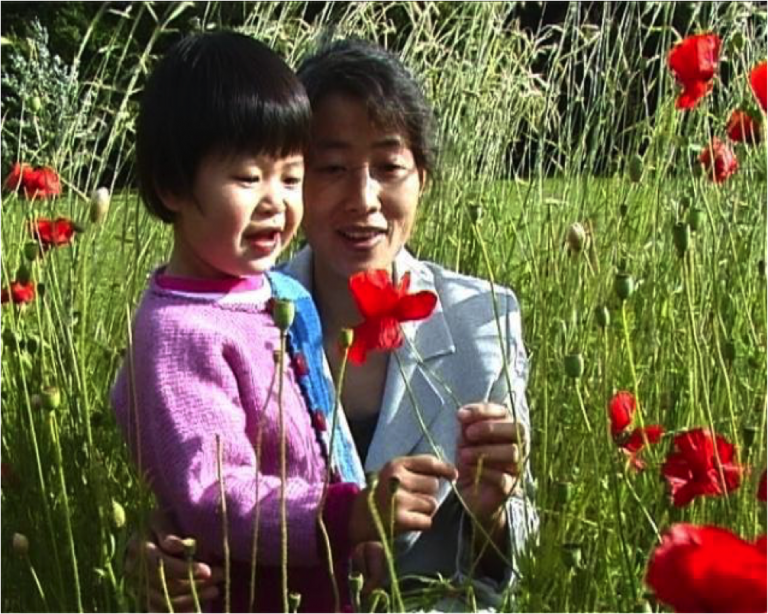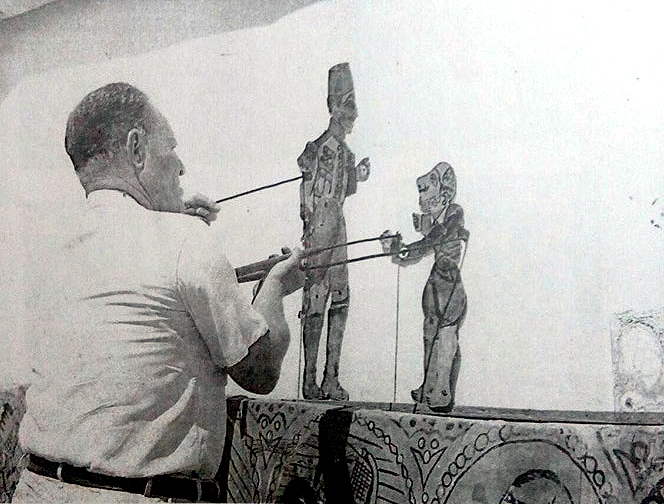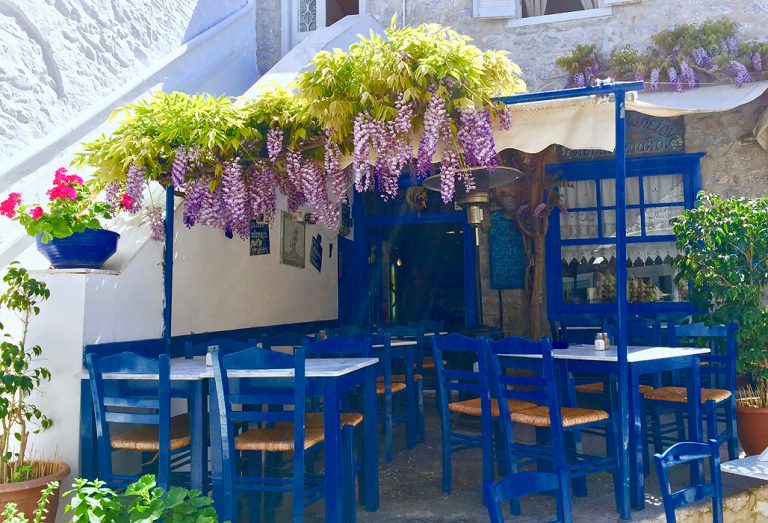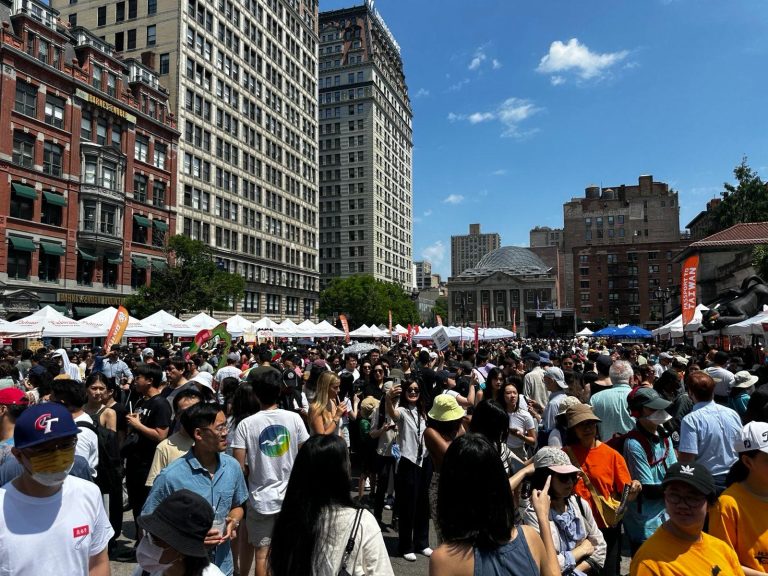Published with permission from LuxuryWeb Magazine
In the 15th century, European attempts to replicate the exquisite Chinese porcelain brought by traders through the Silk Road were met with limited success. Europeans, accustomed to clay pottery, initially combined clay with glass-making ingredients, resulting in a thick, glossy ware that starkly contrasted with the thin, translucent, highly decorated porcelain from Cathay, as China was then known.
This early European product, called faience, featured tin-glazing and ornamentation, often with loose floral brushstrokes or purple over-glaze attempts to mimic more substantial imports.
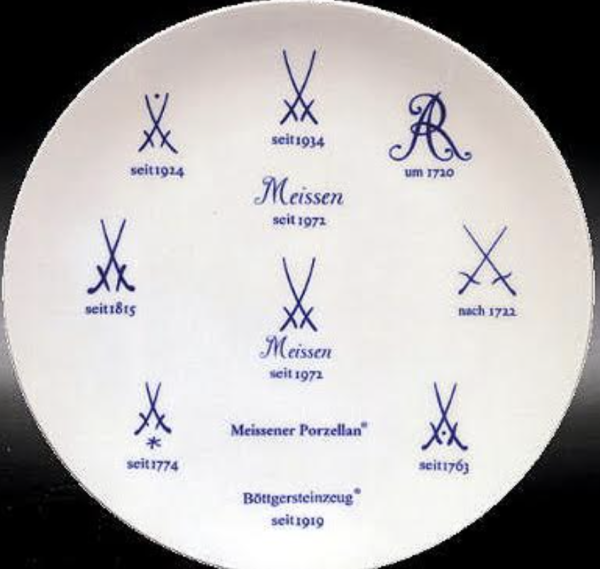
In 1709, the first European high-quality porcelain factory was established at Albrechtsburg Castle in Meissen under King August II of Poland, Elector of Saxony. The king enlisted alchemist Johann Friedrich Böttger and mathematician-scientist Ehrenfried Walther von Tschirnhaus to create porcelain akin to the fine, thin, translucent wares imported from the Orient.
The Elector sought to adorn his palace with the beautifully decorated, prestigious “Chinese Bone China” tableware and decorative items. After experimenting with various techniques, production began in 1710.
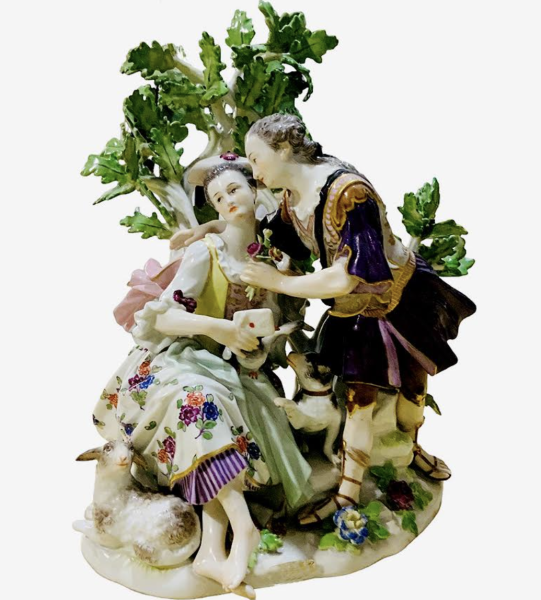
Success
You are now signed up for our newsletter
Success
Check your email to complete sign up
In 1723, Johann Gregorius Höroldt introduced multicolored enameled painting inspired by oriental motifs, giving rise to the beloved and highly coveted Meissen porcelain we recognize today. Meissen is celebrated as the oldest high-quality porcelain manufacturer in Europe, producing decorative items and tableware known for their unique quality, design, and timeless elegance. Meissen’s hand-painted fine bone china has become highly collectible.
RELATED: A Visit to ‘The Potteries’ Unveils the Artistry of England’s Rich Ceramic Heritage
From the mid-19th century until the early 1970s, Meissen primarily produced Rococo or Baroque-influenced decorative products. Figurines, fruit bowls, candy dishes, vases, candleholders, table lamps, and other items were beautifully modeled and hand-enameled by notable artists of the period. Tableware sets often featured monochrome designs, such as the Blue Onion (Zwiebelmuster), or smaller multicolored florals like the Dresden Rose.
Figurine collections have always been favorites among European homeowners who, even without aristocratic palaces, adorned their salons and dining rooms with beautifully hand-painted, sculpted porcelain pieces. These included cranes, parrots, dogs, elephants, cupids, nymphs, romantic village or palace life depictions, mythological scenes, and even figurine groups like the four seasons or the monkey band.
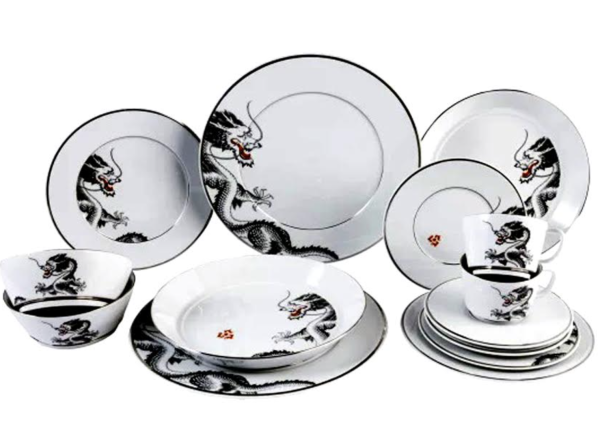
Another specialty is the Böttger Stoneware (Böttgersteinzeug), chocolate-colored large sculpted porcelain pieces, often depicting horses, birds, or sea animals. Additionally, masterfully created white pieces, such as Robert Ullmann’s “Spring,” remain available from Meissen in both glazed and unglazed (biscuit) forms, coveted by collectors.
My last visit to Meissen was in 1959, when the area was part of East Germany and many nearby Dresden buildings were still in ruins from WWII. I was there to place orders for our family’s wholesale and retail crystal and porcelain business in Athens, where I worked for my father. As I was trilingual, I handled imports.
Contemporary creations
Recently, Meissen unveiled its collaboration with contemporary artist Michael Moebius at an event in New York City, featuring a series of sculpted busts of screen legends titled “Legends Blowing Bubbles,” including Marilyn Monroe and Audrey Hepburn blowing glass bubbles. Each unique bust is limited to 10 pieces worldwide.
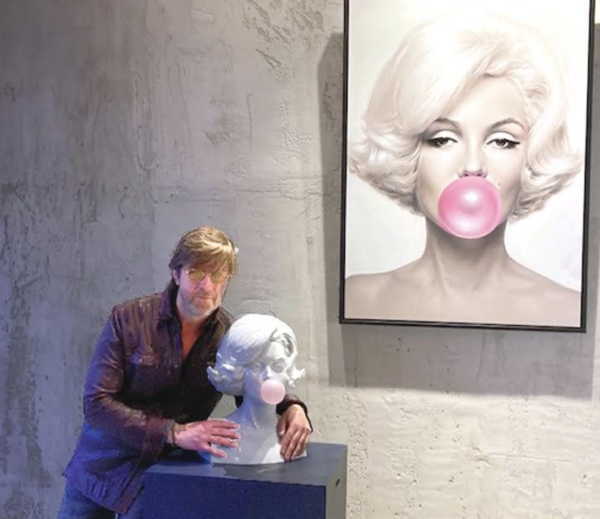
For those unable to acquire a bust, white mugs in two different sizes featuring the artwork are available to Meissen collectors and the general public.
Meissen now produces more contemporary work, including figurines and tableware sets with Asian themes, floral designs, and sculpted tableware featuring white scenes that complement classic designs.
Note: While many Meissen pieces on the market are genuine, some are outright fakes. Additionally, second or third-quality items released by the factory in the distant past can be found. Traditionally, only first-quality products were sold.
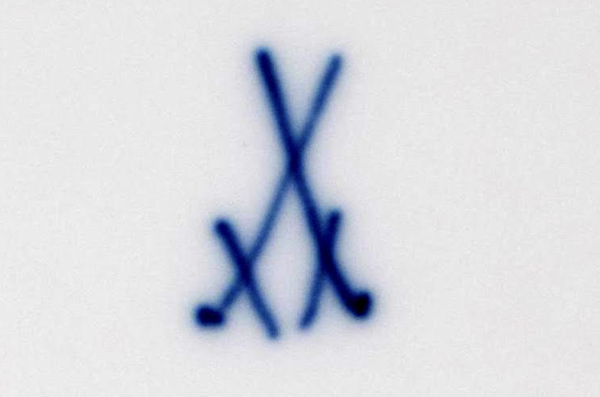
Genuine items should feature an intact crossed swords blue mark. A single or double white scratch or strike through the swords indicates second or third quality, which would typically be destroyed. However, seconds and thirds were sold at a discount post-WWII when the factory was part of devastated East Germany, prioritizing currency acquisition for survival over quality.
Reputable retailers are well aware of these caveats and will only stock genuine items, ensuring the legacy of Meissen’s unparalleled quality and elegance endures.
Visit LuxuryWeb Magazine to see the original article and more.



